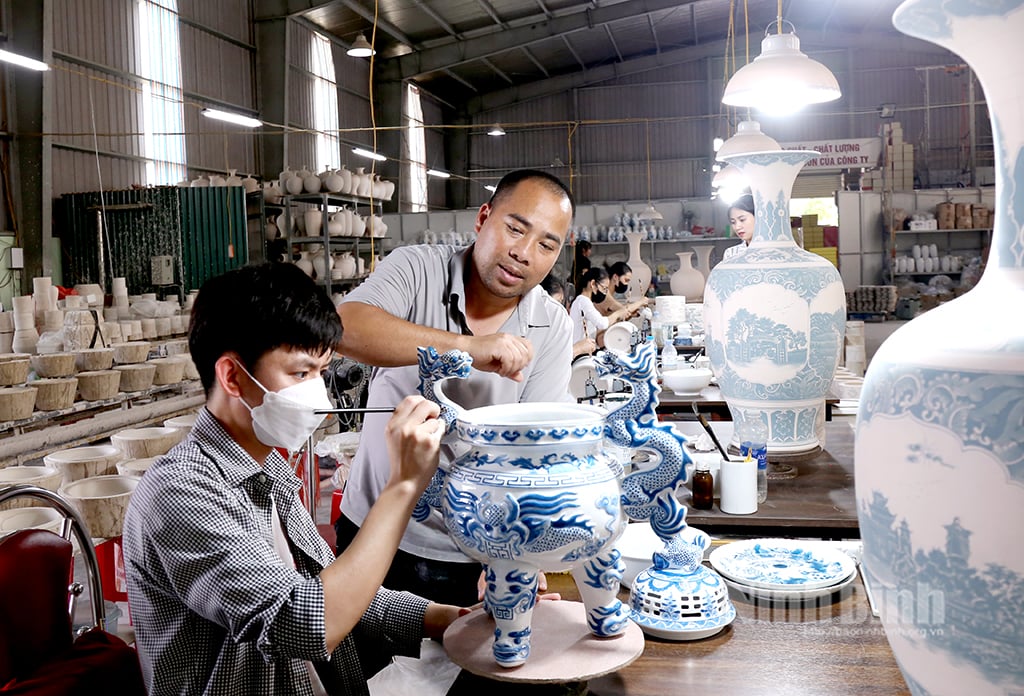
The man who revived the lost pottery craft
In his late teens and early twenties, while struggling to find a career that he could stick with for the rest of his life, the young man Pham Van Vang gradually realized that the historical and cultural values of the ancient pottery craft in his hometown had been lost. According to historical documents, Bo Bat pottery originated in the 9th and 10th centuries, when King Dinh Tien Hoang built the capital Hoa Lu with a unique white ceramic line, used exclusively for the royal court. Even the most sophisticated products became tributes to China, so the village was also called Cong Bat village.
When King Ly Cong Uan moved the capital, he brought along skilled potters to settle along the Red River, establishing the famous Bat Trang pottery village today. As for the ancient pottery village of Bo Bat, due to the lack of skilled workers, business was difficult, and the craft gradually fell into oblivion. Born and raised in the land of the ancient pottery village, Vang had a special fondness for the pottery craft, so he nurtured a great ambition to restore the old craft of his ancestors.
“I started everything from zero: not a professional, no skills, no capital, no production space, no documents or specific formulas to restore the craft… the only thing I had was the desire to revive the ancient pottery craft, return to my homeland the cradle that gave birth to the craft, and make the craft famous with its location,” Vang shared.
In the early 2000s, Mr. Vang left his hometown and began studying pottery in Bat Trang village. Receiving enthusiastic instruction and support from artisans, combined with his natural talent for pottery, his skills were quickly confirmed by his meticulous products. With little capital, Mr. Vang decided to return to his hometown, open a workshop, and aim to produce jewelry and art ceramics with high aesthetic and cultural values.
After 20 years of product development, from a small workshop with a small number of products, up to now, Bo Bat pottery has been revived, the brand has gradually been affirmed. In 2010, the product was selected by the province to participate in the exhibition fair "Socio- economic achievements of Vietnam and Thang Long-Hanoi" to celebrate the 1000th anniversary of Thang Long-Hanoi; many products were voted as typical rural industrial products of Ninh Binh province in 2012, Ninh Binh Provincial People's Committee granted a certificate recognizing Bo Bat pottery as a traditional craft in 2014; in 2015, Mr. Vang received the Provincial Initiative Award and was awarded the noble title of Meritorious Artisan by the State in 2016, ...
Currently, some ceramic products have been recognized as 4-star OCOP products, produced and consumed as they are produced, with a monthly production output of tens of thousands of products in a workshop area of over 2,000m2, creating jobs for 20 regular workers, with salaries ranging from 8,000,000 to 15,000,000 VND/person/month.
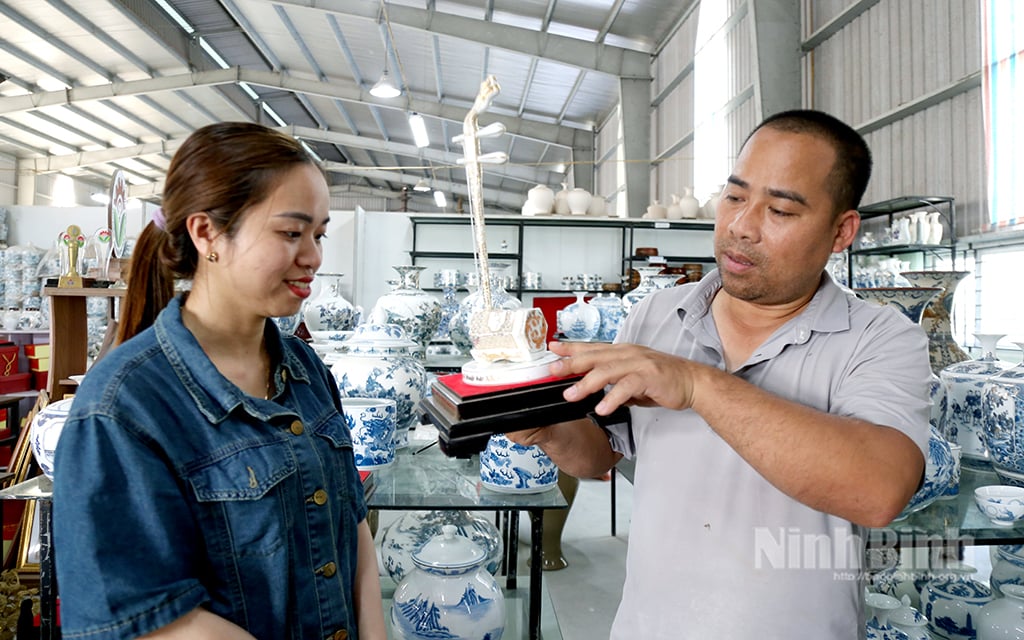
The journey is full of hardships
Although he constantly improves his skills, innovates techniques, perfects his products, and expands his scale from a small factory to establishing Bo Bat Ceramic Conservation and Development Company Limited, Mr. Vang still finds it difficult to avoid fierce competition in the domestic and foreign ceramic markets.
“Successfully creating good products but delivering them to customers is a long way off. To reach customers, there were times when I traveled across provinces and cities to sell and consign products. Sometimes there were still products but no money, the helplessness at that time is a memory that I will probably never forget in my life,” Mr. Vang shared.
But that is not the end of the difficulties on the journey to restore and develop the profession. The problem of product output has been the top concern of artisans for many years.
To penetrate the market, Bo Bat pottery has its own uniqueness when produced according to tradition, diverse but not mixed, focusing on high-end ceramic lines, based on the typical white clay material, rare called Bo Di clay, only available in this Bach Lien land. The glaze is deep and smooth, good mechanical strength, thin but high hardness, the pottery has no lead concentration, ensuring the health safety of users, the hand-painted patterns are completely not mass-produced. The product has also become popular in many provinces and cities, exported to foreign markets. However, according to Mr. Vang, market development is still not commensurate with the potential. The traditional craft of the homeland still does not have much space for development, the brand value has not been promoted, it is passive in front of the market, the products are made depending on orders, there is a lack of capital to expand production... This limits the development potential of the craft.
In the current context of information technology and tourism development, it is an advantage to promote the ancient pottery craft. For those who pursue traditional crafts like him, this is a great opportunity to reach a variety of customers, first of all to spread cultural values, build a brand, and then sell products. Because in many years of ups and downs with pottery, the love for the craft, the desire for the craft to be preserved, continued and developed sustainably is more important than simply doing business. Perhaps that is why, despite being busy with business operations, Mr. Vang's top priority is still to directly participate in production, teaching techniques to workers and craftsmen so that each product created reaches sophistication and uniqueness.
“In developing traditional crafts, the biggest concern I want to convey is to balance the preservation of cultural values of craft villages with the honor and transfer of the craft to the team of craftsmen and artisans. At the same time, create sustainable economic benefits, improve the material and spiritual life of the people so that the craft will live forever.”
Source: https://baoninhbinh.org.vn/giu-ngon-lua-nghe-chay-mai-166541.htm


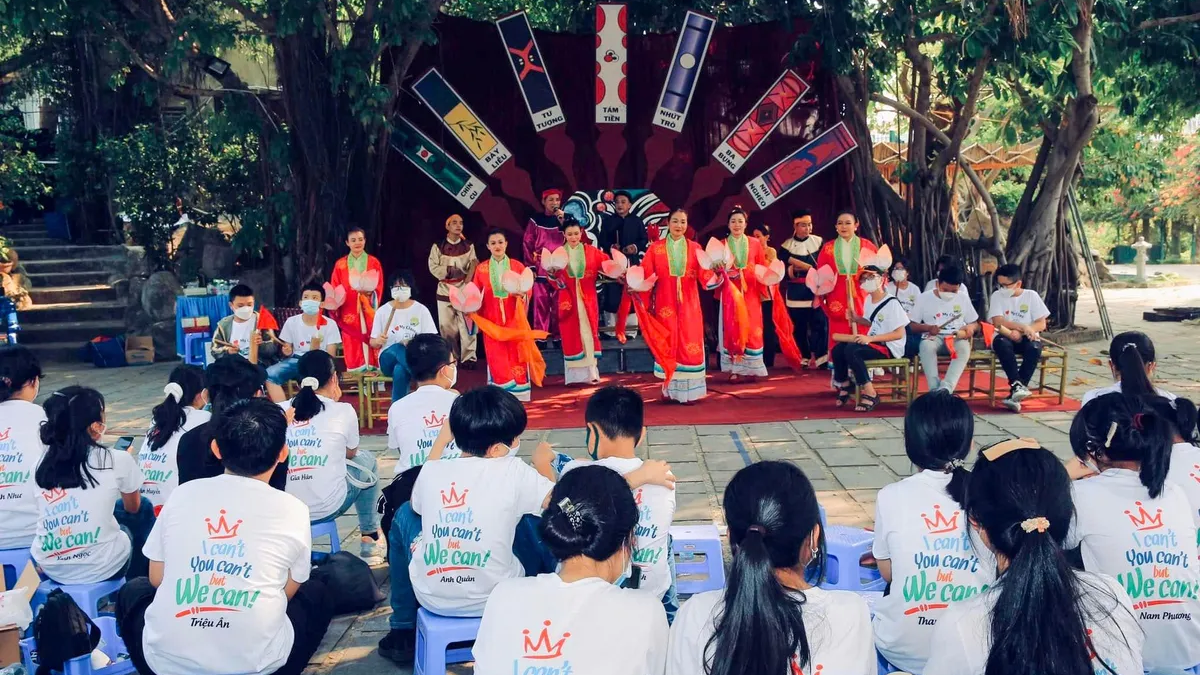





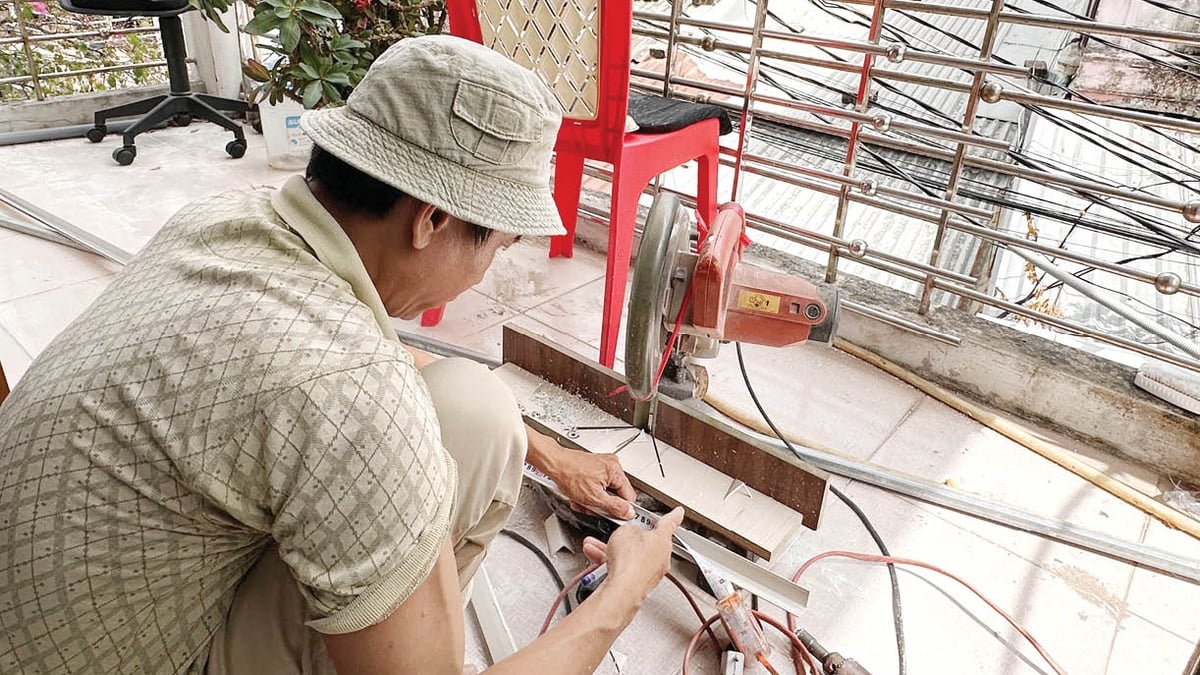





















































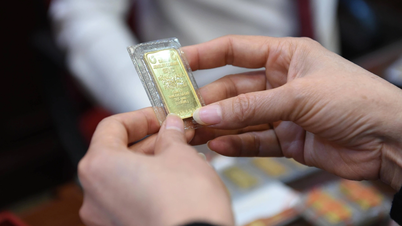












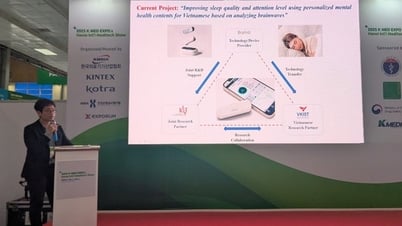




















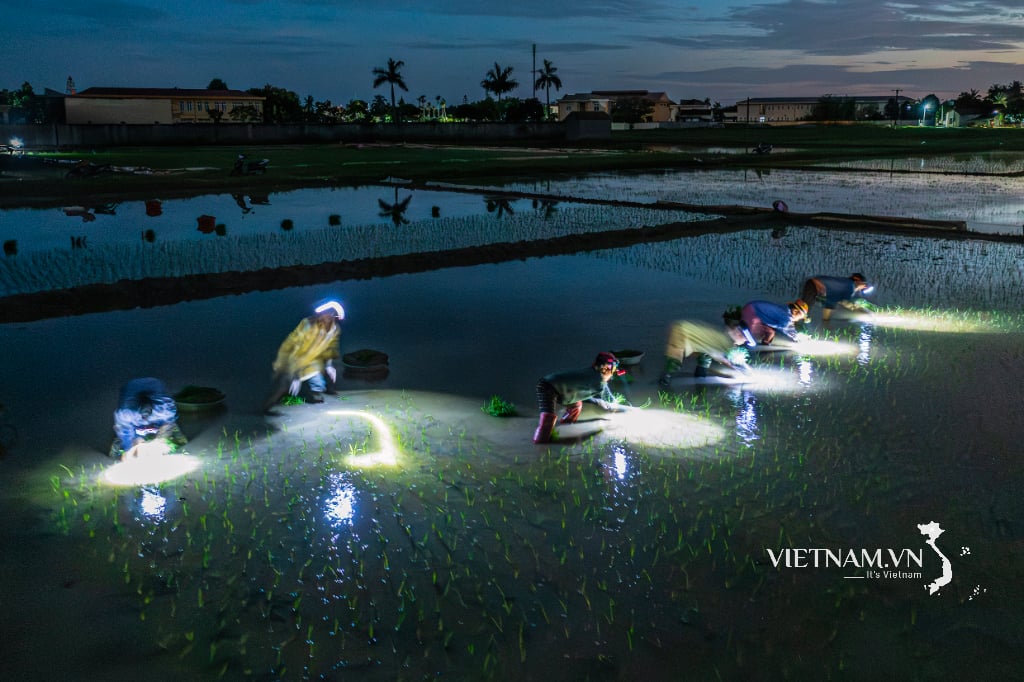

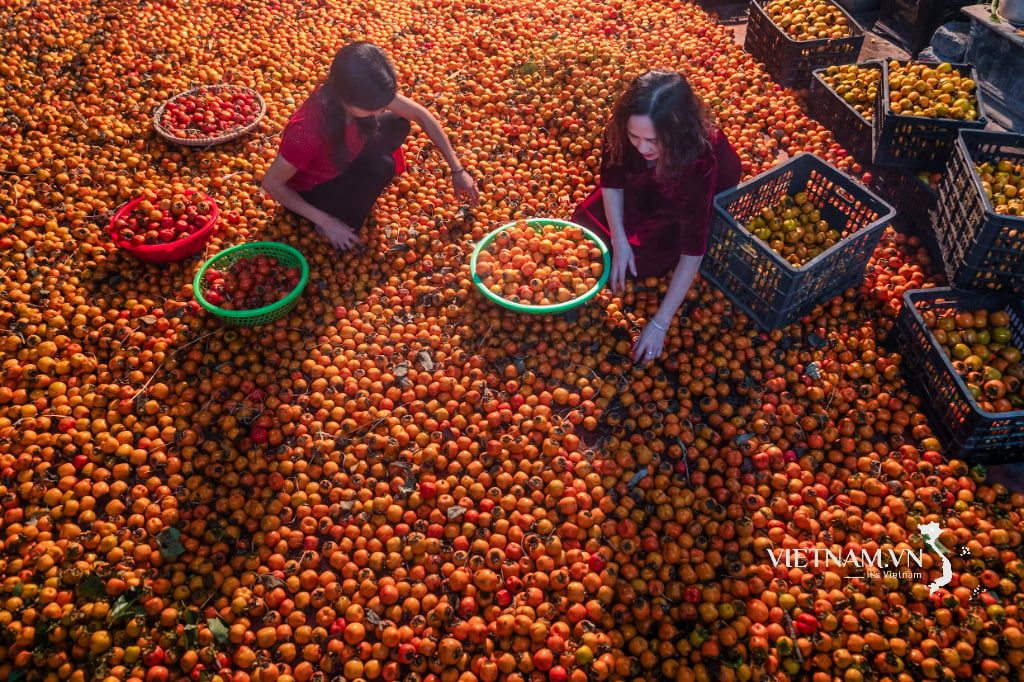

Comment (0)